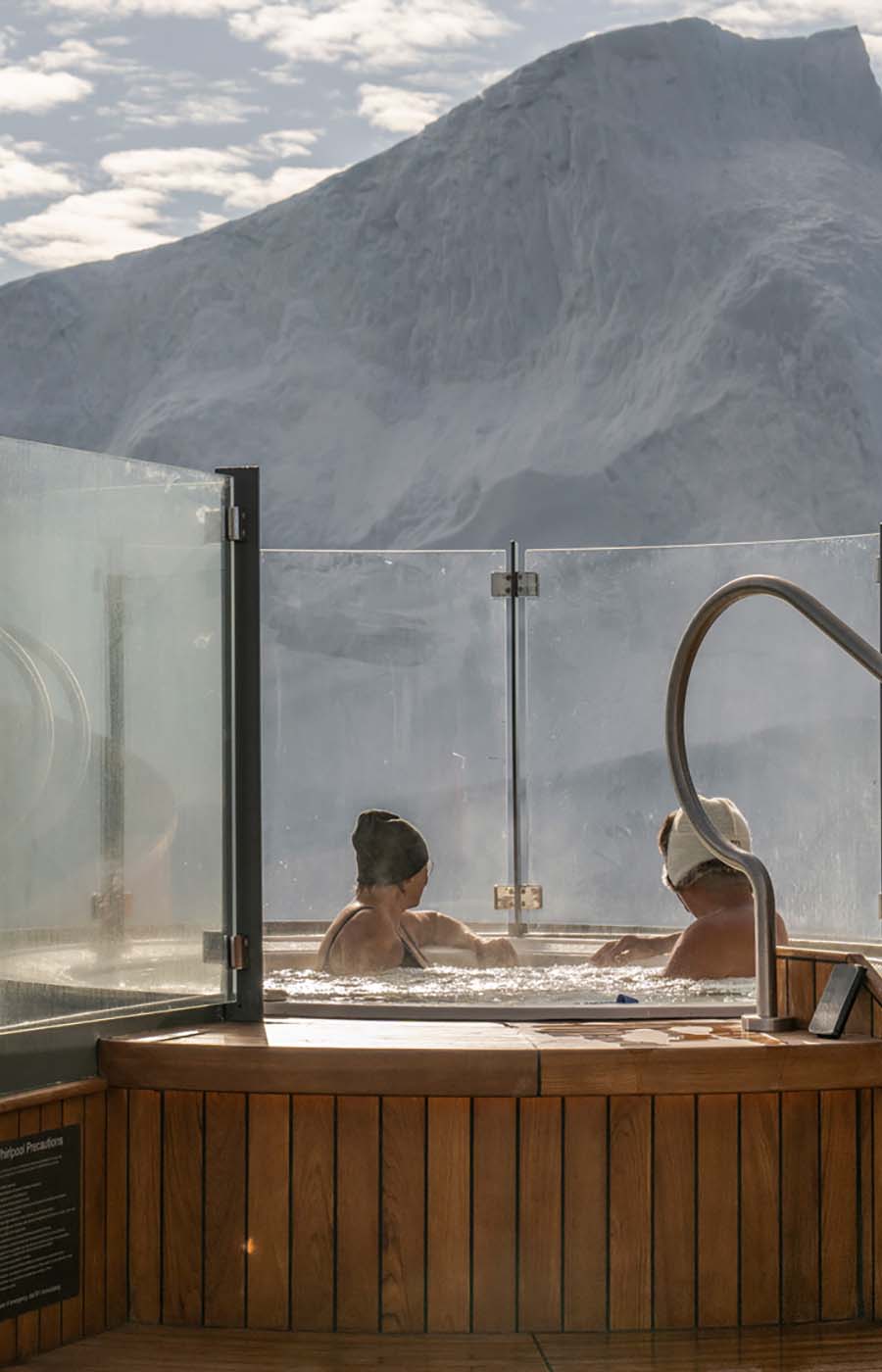Savor the surprising flavors of Poland, Lithuania, Estonia and Latvia
One of the joys of small-ship cruising is being able to visit less-traveled destinations – with fewer crowds and opportunities to see – and eat – things that aren’t found elsewhere. The countries of the Baltic Sea region are a great example. Even the most serious foodies are surprised by the exciting tastes they encounter here. While the cuisine of Nordic countries may get the spotlight, Poland, Lithuania, Estonia and Latvia have a vibrant food scene based on unique local ingredients. Each country has unique culinary traditions, many rooted in growing, foraging, fishing, pickling and fermenting. Some leading chefs are boldly integrating the old and the new to create contemporary twists on their country’s classic dishes. Exploring the delectable but often-overlooked cuisine of the Baltic Sea region is sure to leave you with delicious memories. Here are four key cities that should be on your culinary travel agenda.
Polish gastronomy comes out of ancestral recipes and ingredients — ideal for anyone who loves the deep flavors of mushrooms, rich meats, root vegetables, cabbage, pickles and berries.
The most famous traditional dish is pierogi. These hearty dumplings are served boiled, fried or baked and are typically filled with potatoes and cheese (known as ruski style), sauerkraut and mushrooms or pork and beef. But you can find pierogi of all stripes — from duck to sweet cherry and even tofu.
Other Polish favorites include golabki (savory stuffed cabbage rolls), bigos (a hearty stew made with sauerkraut, fresh cabbage, meats, mushrooms and sometimes fruit) and rauchy (crispy apple pancakes.)
Fish and seafood are another highlight of this city that sits on the beautiful Baltic coast. Marinated herring may be served as a starter, while eel is sometimes cooked with cream or used as a filling for thinly rolled dumplings called kalduny. Sturgeon is sometimes served as sashimi or baked with sauerkraut.
Adventurous Gdańsk chefs are pushing Polish food to new heights. You can experience dishes influenced by Asian or Spanish cuisine, as well as elevated takes on traditional dishes using local seasonal produce and foraged ingredients.
If there is one drink to try it’s Goldwasser. This liqueur, flavored with herbs and spices and featuring gold leaf flakes, is famously unique to the city. Vodka connoisseurs won’t want to miss distinct Polish vodkas including Zubrówka, flavored with bison grass from the Białowieża Forest – some bottles include a single blade of the grass, making it a drink to remember.
It's said that Lithuanian food is perfectly suited to keep people warm during the cold winters, and there’s some truth to that. But dig deeper and you’ll discover that this country’s cuisine is full of delicious surprises. Lithuania could be called a locavore’s dream. Most of the dairy products, meat, fish and produce are from local producers. Each region has its own specialties, from the smoked meat of Suvalkiia to the kugel of Žematija to the forest-based dishes of Dzūkija.
The bustling port city of Klaipėda has one of the most interesting selections of traditional delights, including fried rye bread with garlic, and cepelinai — rich potato dumplings stuffed with meat and served with a bacon-laced sour cream sauce. On the lighter side, šaltibarščiai is a bright pink cold borscht made from beets, spring onions, eggs and kefir. The city’s location on the Baltic Sea brings a bounty of herring dishes to Klaipėda, as well as eel smoked over alder and juniper. The Nemunas River flows into the Curonian Lagoon (a UNESCO Heritage Site) at Klaipėda and together these sources provide the city with an abundance of freshwater fish including pike, zander and perch, which are often stuffed and baked.
Pioneering chefs in this evolving city are incorporating modern techniques, a farm-to-table approach and unique flavors — changing the concept of what Lithuanian food can be.
While Lithuanian food is quite filling, save room for the famous “tree cake” called sakotis. This hollow cake cooked is over an open flame and can be up to one meter long, making it a popular dessert for celebrations. For a slightly smaller treat, sample some adorable mushroom-shaped grybukai cookies.
Just as in the nearby country of Lithuania, the food of Estonia makes use of locally sourced ingredients based around the seasons. Hearty comfort foods like roasted means sustain during the long cold winters, while colorful berries and other fresh produce brighten up summer life.
Many traditional dishes are unique to Estonian cuisine and the best place to sample them is the lovely city of Tallinn. A dark rye bread known as “black bread,” or rukkileib, is a central part of daily life here and it is featured in several classic Estonian dishes. Leivasupp is a sweet soup made with rye bread and dried fruits, plus cinnamon and other spices. For the open-face sandwich known as kiluvõileib, a slice of rye is spread with butter or muavoi (an egg butter), a marinated filet of sprat — a fish that is plentiful in the Baltic Sea — and sometimes hard-boiled egg, onions and fresh herbs.
Potatoes and grains are essential to the Estonian diet and play a key role in dishes like eesti kartulisalat, or potato salad. It’s a staple salad made with potatoes, carrots and hard-boiled eggs, and can be customized with other additions from cucumbers to apples to sausage. Potatoes and grains come together in a savory porridge called mulgipuder, which is made from potatoes and groats and is usually served with sour cream and bacon. Mulgikapsad, a stew of barley groats and cabbage, originated centuries ago but is still one of the most common dishes in Estonia today.
Estonians love their pork and frequently enjoy it in the form of verivorst, a blood sausage made with pork, pig’s blood, barley, herbs and spices. You can sample verivorst and other treats right on the streets of Tallin’s Old Town and at the stalls of the fantastic Balti Jaam market. Another ubiquitous meat dish is seapraad ja hautatud hapukapsad: roast pork with sauerkraut — served, naturally, with rye bread.
Not all food in Tallinn is traditional. In fact, several chefs in the city’s thriving restaurant scene are setting new trends with modern interpretations of classics along with innovative dishes influenced by contemporary European, Asian and Nordic styles.
A meal in this city wouldn’t be complete without dessert. Mannavaht is a pink mousse made by whipping together semolina, cranberries or raspberries and fruit juice. Many desserts rely on kama, a milled flour of roasted barley, rye, oats and peas. Kama can be mixed with ingredients like a sweet creamy curd, cranberry jelly and whipped cream or chocolate and evaporated milk to create any number of uniquely Estonian treats.
Riga is the perfect place to start your Latvian food adventure, discovering beloved dishes that have been central to life there for many years. Like other countries on the Baltic Sea, Latvia tends toward hearty, comforting meals that draw on seasonal produce, local meats, foraged mushrooms and berries and pickled foods.
The country’s national dish is Pelēkie Zirņi ar Speķi, a stew made with large grey peas, which are native to the Baltics and have an unusual, earthy flavor. This dish, which also includes speck and fried onions, is seen as having ties to rural Latvian life.
Skābeņu Zupa is an unusual, green-tinged soup made from sorrel leaves, barley, potatoes, onions and sometimes smoked pork. Thanks to the sorrel, this soulful soup has a distinctive tang that makes it crave-worthy. Fans of wiener schnitzel will want to try the Latvian version, called Karbonāde. Thinly sliced breaded and fried pork cutlets are topped with a chanterelle mushroom sauce.
One of the most unusual desserts you will find is sklandrausis, a rye pastry tart filled with sweetened carrots and potatoes along with caraway seeds. Another favorite dessert is rupjmaizes kārtojums. Like an English trifle, this delightful creation includes bread — in this case grated and toasted rye bread — layered with whipped cream and jam.
Thirsty? During the summer months, seek out kvass, a nearly non-alcoholic fermented drink that is made from rye bread crusts along with sugar, malt extract and yeast. For something stronger, order a Riga black balsam. This bittersweet herbal liqueur is based on a secret recipe dating back to 1752 and is widely considered the national drink of Latvia.
Fun Fact: On Seabourn voyages visiting Riga, you can go on a complimentary Shopping with Chef excursion in local markets with a Seabourn Chef as your guide.
As a guest on a Seabourn ultra-luxury cruise that includes the Baltic Sea region, you will not only experience unforgettable art, astounding architecture and colorful gardens, you’ll come away with a newfound appreciation for the hearty, flavorful gastronomy of Poland, Lithuania, Estonia and Latvia. All while enjoying the world-class comfort and service that only Seabourn can provide.
Consider these upcoming voyages:
11-Day Baltic Explorer: Estonia, Latvia, Lithuania & Poland
ROUNDTRIP: Copenhagen, Denmark
Aug 21, 2027
from $9,944*
Explore Itinerary*Per Person, USD. Taxes and Fees are included. Additional terms apply.
25-Day Baltic Nights, Kiel Canal & Dover
ROUNDTRIP: Copenhagen, Denmark
Aug 7, 2027
from $16,404*
Explore Itinerary*Per Person, USD. Taxes and Fees are included. Additional terms apply.
18-Day Norwegian Fjords & Baltic Nights
DEPARTS: Dover (London), England, UK
ARRIVES: Copenhagen, Denmark
Aug 14, 2027
from $15,129*
Explore Itinerary*Per Person, USD. Taxes and Fees are included. Additional terms apply.
35-Day Baltic Explorer, Iceland & Canada Fall Foliage
DEPARTS: Copenhagen, Denmark
ARRIVES: Montreal, Quebec, Canada
Aug 21, 2027
from $25,528*
Explore Itinerary*Per Person, USD. Taxes and Fees are included. Additional terms apply.
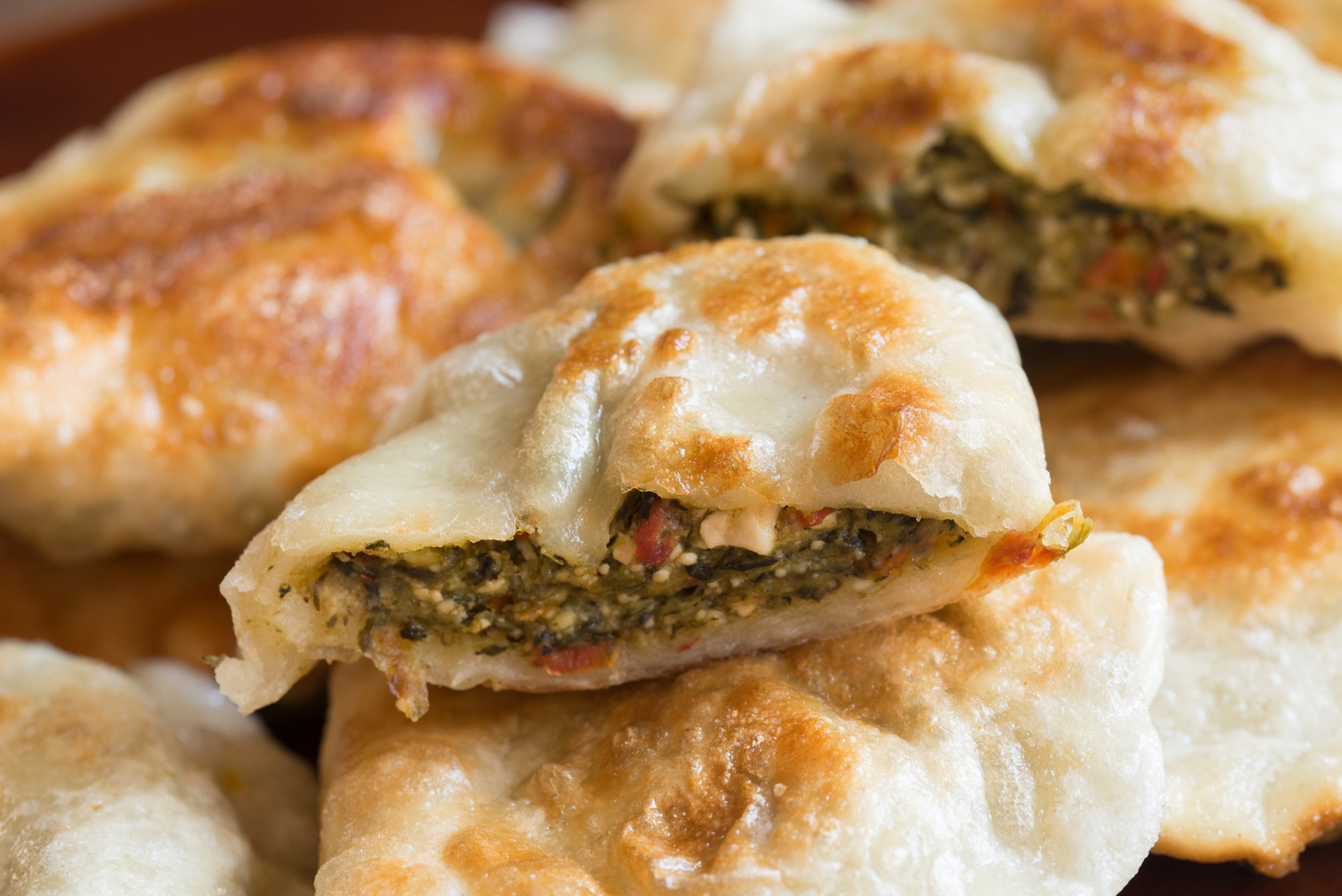
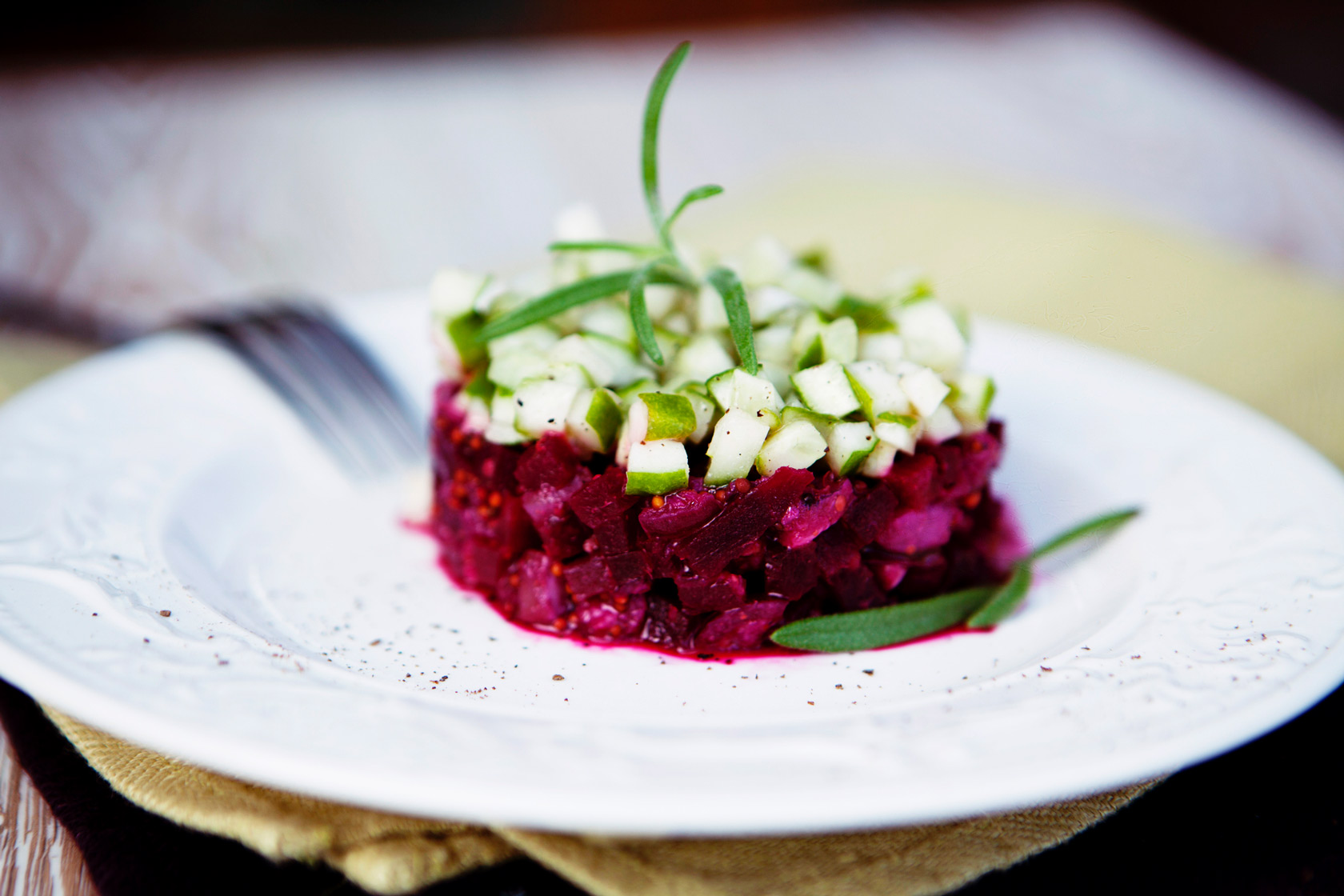
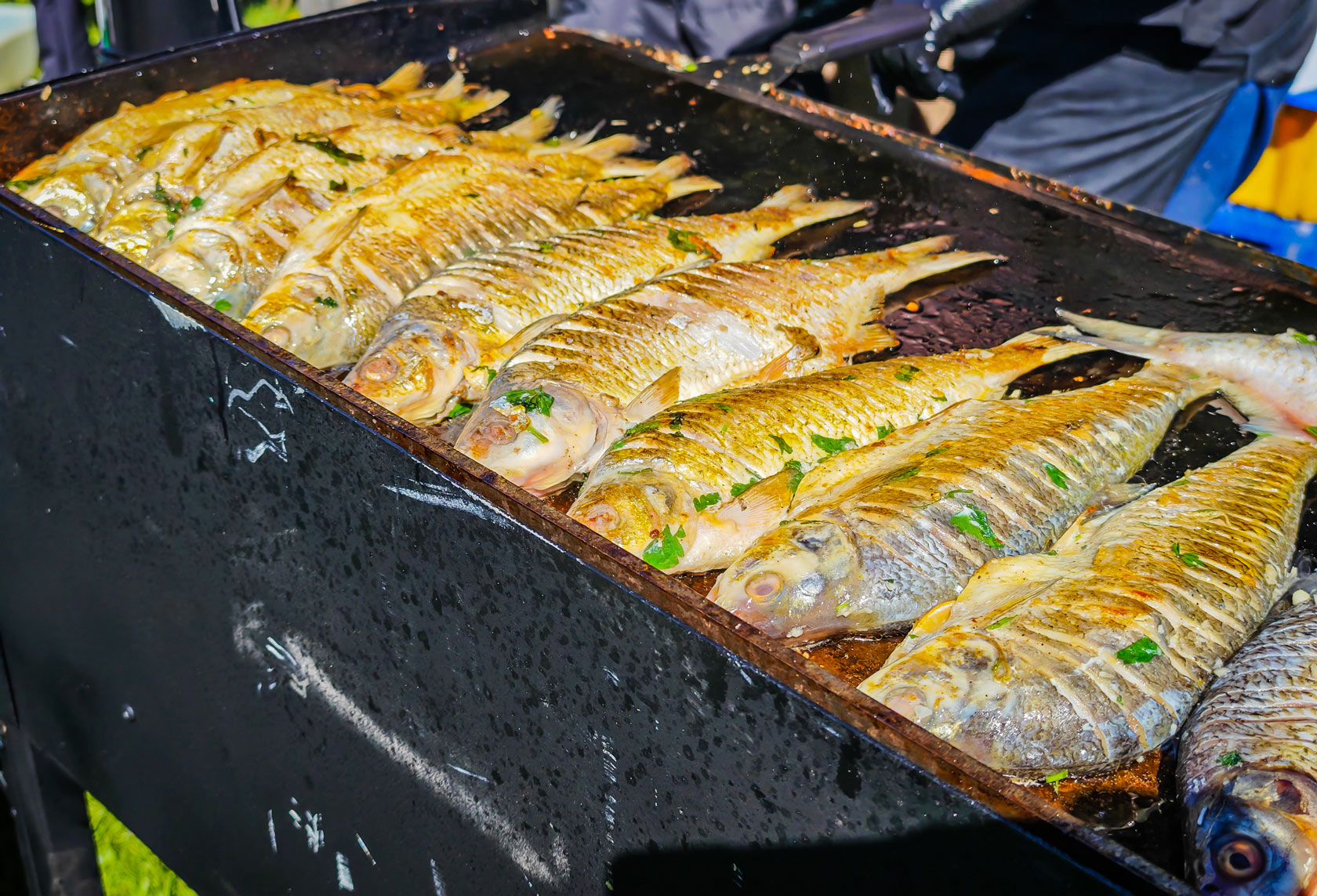
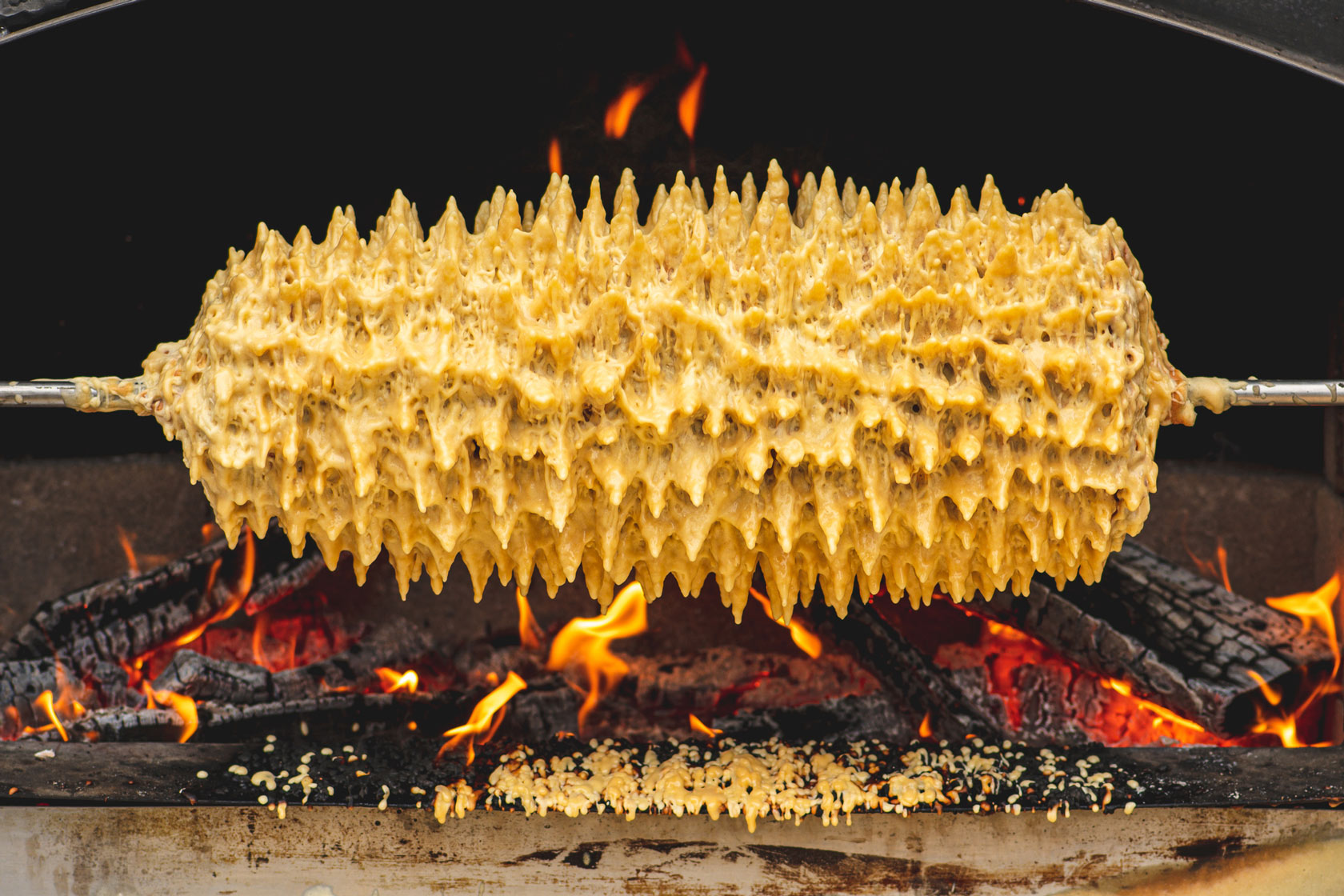
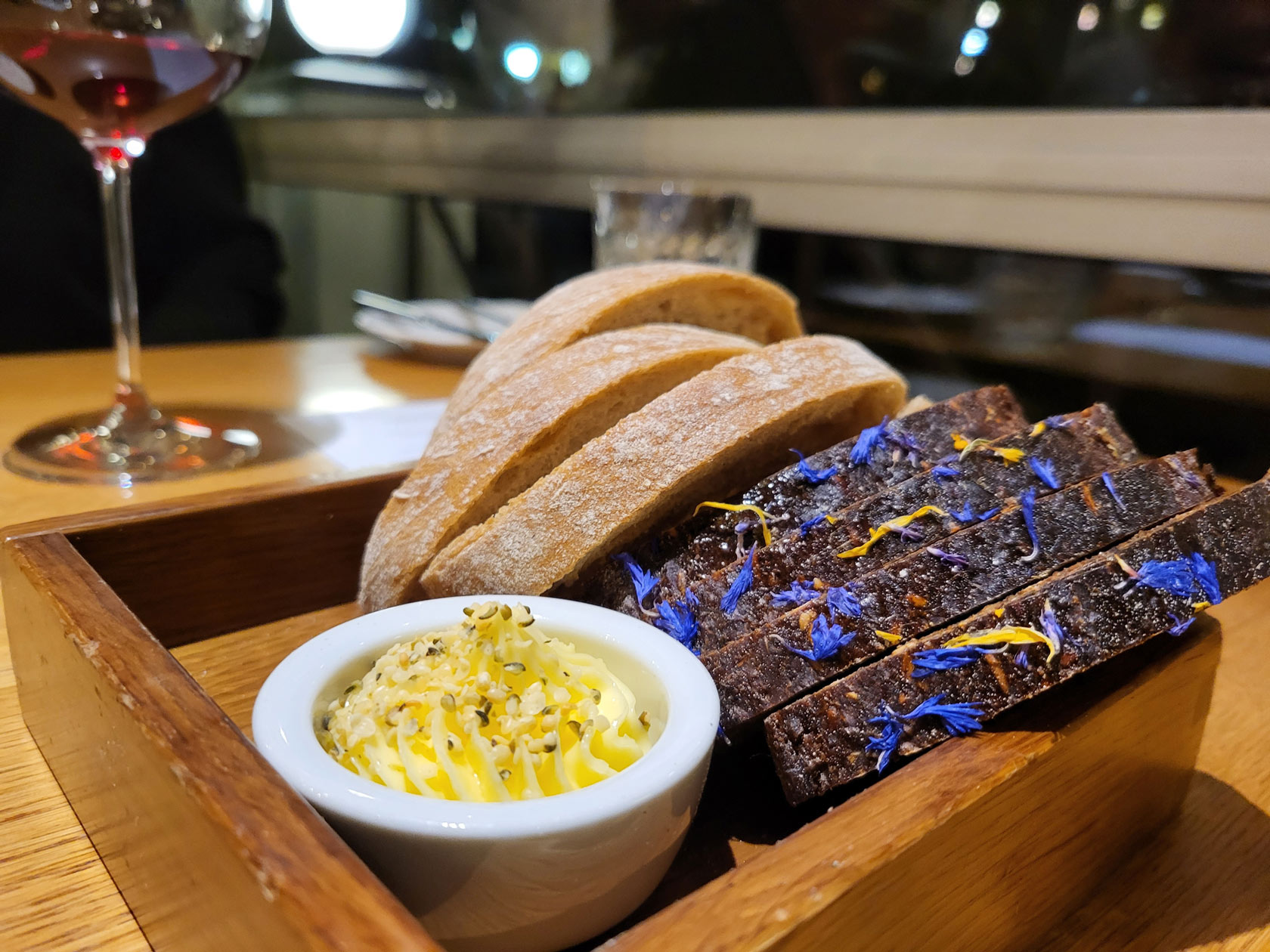
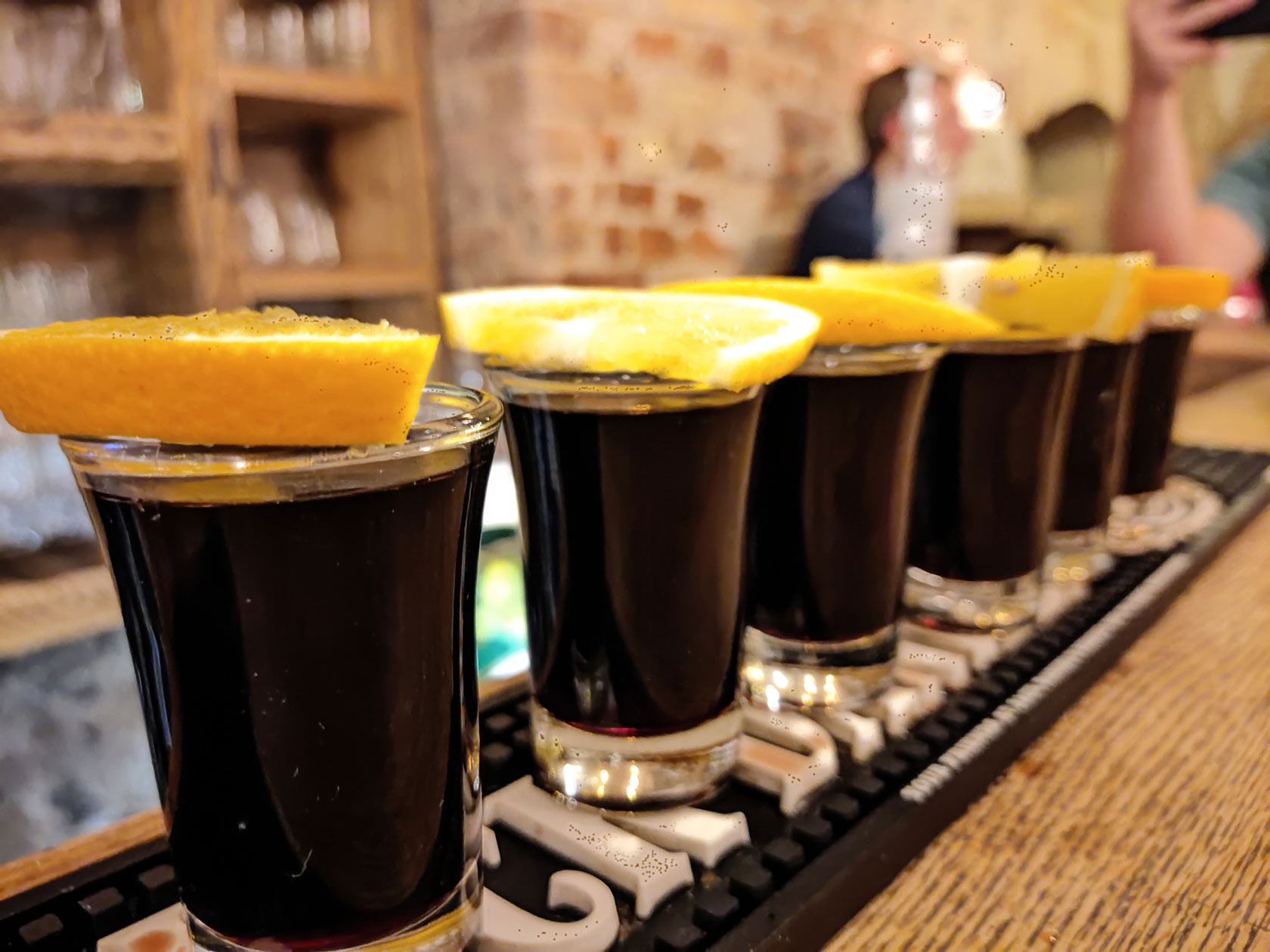
Consider these upcoming voyages:
11-Day Baltic Explorer: Estonia, Latvia, Lithuania & Poland
ROUNDTRIP: Copenhagen, Denmark
Aug 21, 2027
from $9,944*
Explore Itinerary*Per Person, USD. Taxes and Fees are included. Additional terms apply.
25-Day Baltic Nights, Kiel Canal & Dover
ROUNDTRIP: Copenhagen, Denmark
Aug 7, 2027
from $16,404*
Explore Itinerary*Per Person, USD. Taxes and Fees are included. Additional terms apply.
18-Day Norwegian Fjords & Baltic Nights
DEPARTS: Dover (London), England, UK
ARRIVES: Copenhagen, Denmark
Aug 14, 2027
from $15,129*
Explore Itinerary*Per Person, USD. Taxes and Fees are included. Additional terms apply.
35-Day Baltic Explorer, Iceland & Canada Fall Foliage
DEPARTS: Copenhagen, Denmark
ARRIVES: Montreal, Quebec, Canada
Aug 21, 2027
from $25,528*
Explore Itinerary*Per Person, USD. Taxes and Fees are included. Additional terms apply.
This European city is a charming hub of art and culture
Take in Stockholm’s beauty, history, culture and food from morning ‘til night
72 hours in the crown jewel of Northern Europe
The whys, whats, and hows of the everyone’s food obsession.
